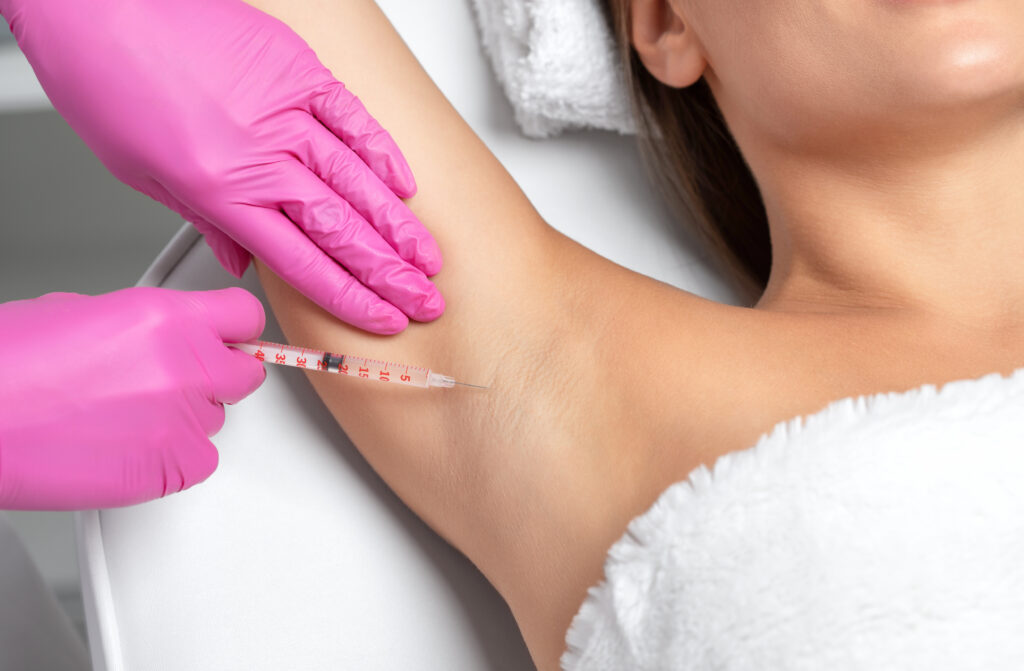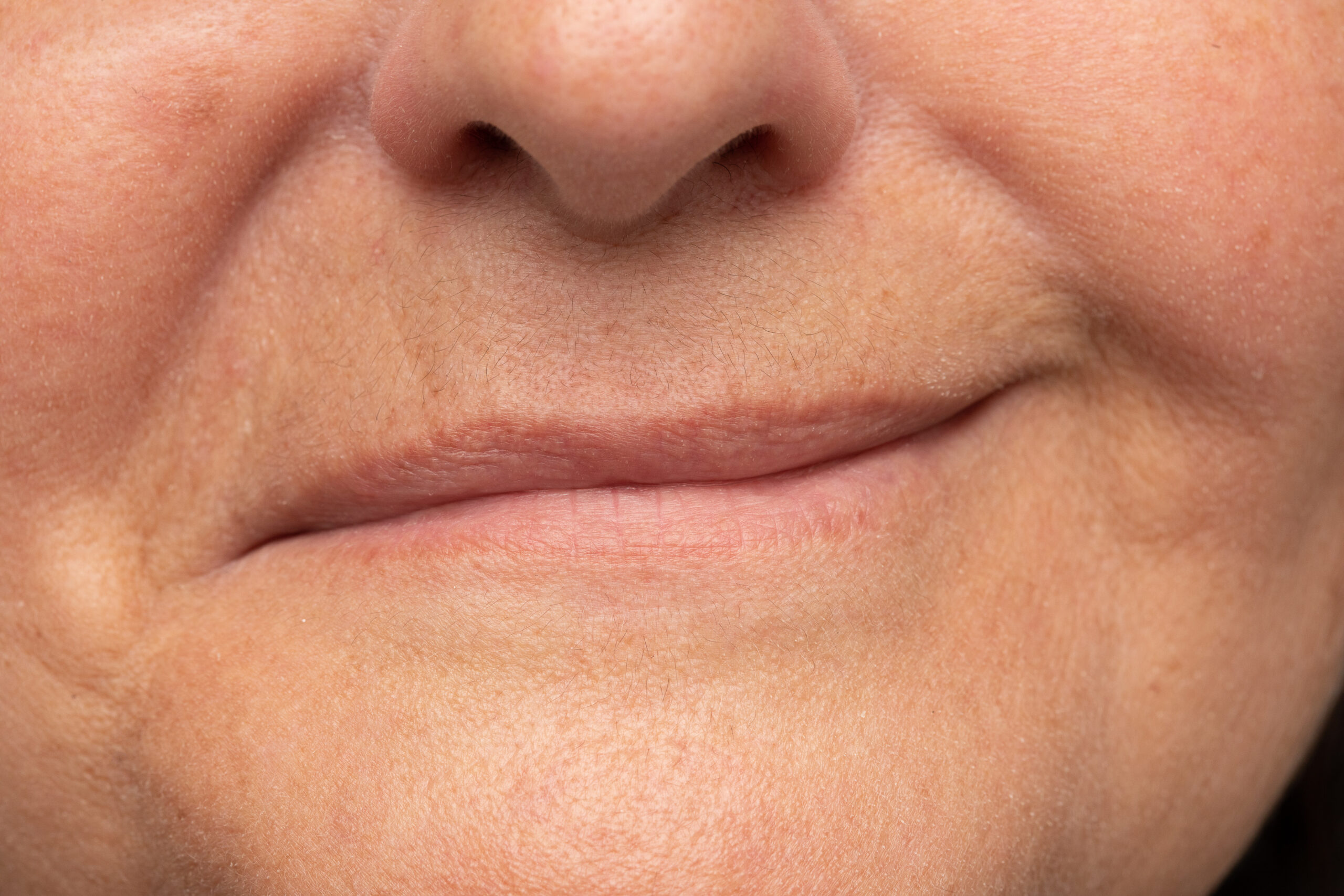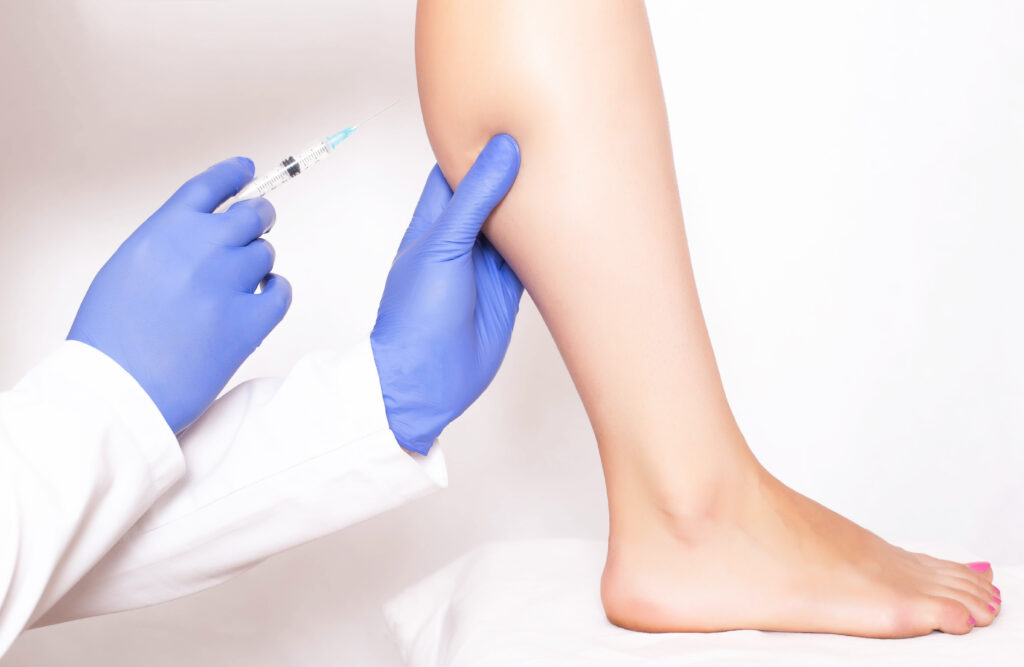Treatment with neurotoxin for hyperhidrosis results in a reduction of the typical symptoms of excessive sweating.

Hyperhidrosis causes excessive sweating in the palms, underarms, or feet. The FDA has approved Botox to treat this condition.
Botox works by targeting the sweat glands in the skin. It blocks their activity and reduces sweat, helping restore a dry and normal appearance.
Botox treatment can greatly reduce excessive sweating, boost confidence, and prevent discomfort. It offers a non-surgical option with minimal side effects.
Providers can give this treatment during a quick outpatient visit. It requires no downtime or special aftercare, making it a convenient choice.
Botox injections for hyperhidrosis work by targeting the sweat glands to reduce their activity. Right now, the FDA has approved Botox for treating underarm sweating. Studies show it can cut sweat production by over 50% for at least six months.
Doctors also use Botox off-label to treat sweating in other areas like the palms. Research shows it can reduce palm sweating by 25–50% for three weeks to six months. For facial sweating, small studies suggest it may help for five to six months. The main side effect is temporary muscle weakness in the forehead. Botox may also help with foot sweating. One small study found 73% of teens were satisfied with the results.
Botox treatment is quick and simple. It takes place in your doctor’s office. Wear a short-sleeved shirt, and don’t shave your underarms before the appointment. If you take blood thinners, your doctor may ask you to pause them a few days before to avoid bruising. Always tell your doctor about any medications, but only stop them if your doctor says so.
During the procedure, your provider will inject Botox just under the skin using a fine needle. In most cases, they follow a grid pattern with 15 to 20 small injections. If needed, they may offer pain relief options to keep you comfortable.
You can resume normal activities after the procedure and may need a follow-up appointment for touch-ups.
Costs vary depending on the price per unit of toxin and whether your insurance covers it.
For the best results, doctors usually recommend 50 units of Botox® per underarm. While results can vary from person to person, this dose typically lasts at least 6 months. If you use less than 50 units per underarm, the effects may not last as long.







